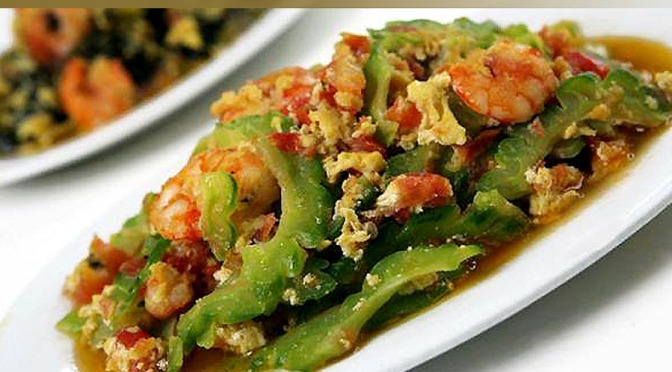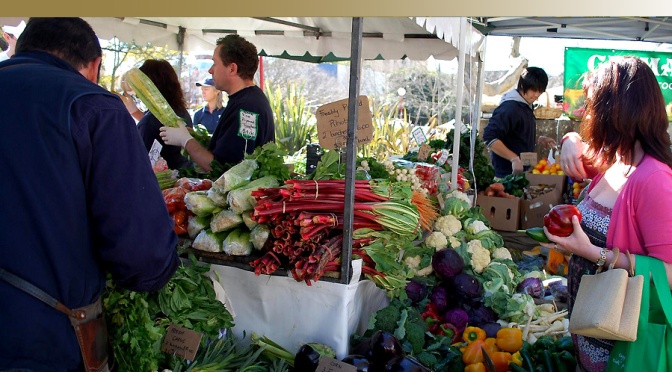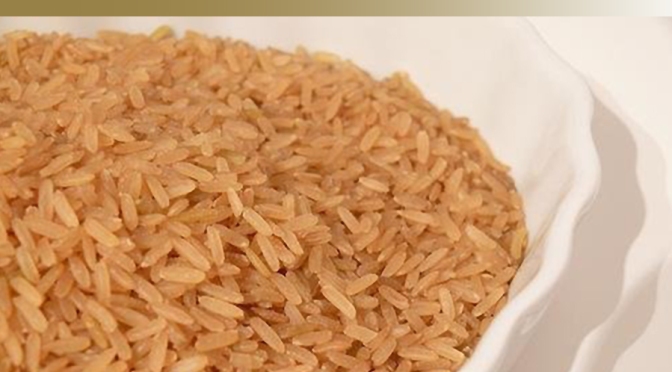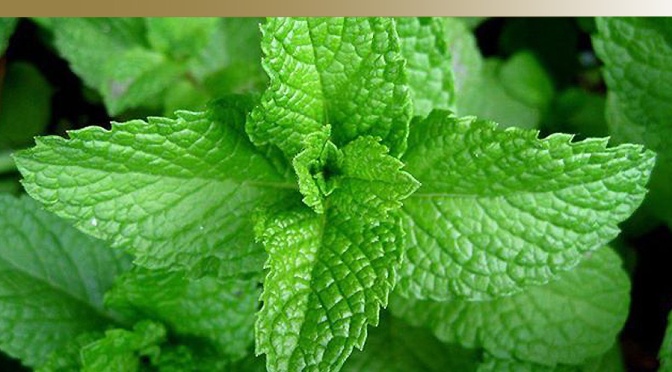There’s this period somewhere between winter and spring: the sun is out, weather is getting warmer, tulips are shyly showing their first leaves, but mounds of snow are still melting slowly. You feel for lighter, fresher food but can’t let go of comfort dishes yet.
With spring coming more than a month early in Quebec, some of my friends are already barbecuing away. Mine is still hidden in the shed so I turned to ethnic foods, dishes with flavors infused by the sun.

One of my favorite go-to snack foods is hummus. I have bought too many containers of this creamy dip to count, gradually personalizing it by adding a bit of lemon zest, a dash of spicy olive oil – until my parents gave me a shiny new food processor (I had managed everything with a hand mixer until then) and I figured I could whip up my own.
The first quality of a successful homemade hummus is its creaminess. After researching a while to find out how to achieve this, I discovered two steps are essential: peeling the chick peas and emulsifying the tahini with the lemon juice before adding the rest of the ingredients (more about this last tip in the recipe below). Peeling the chick peas? Yes, I admit I hadn’t noticed preserved chick peas are all wrapped in a very thin translucent peel that’s in fact easy to remove. I read about this a bit doubtfully, opened a can, and lightly squeezed a chick pea between my fingers: it slipped right out of its peel. When you peel one, you think – how is this making a difference? But when you see the mountain of empty skins after you’ve removed them all, you understand that it can really just help to avoid a grainy hummus.

Let me be clear: you can just pour your chickpeas out of the can and into your food processor (after rinsing them of course), it will still be pretty creamy. But really, it only takes a few minutes to remove the skins and it makes a big difference. Try it once and you can tell me about it afterwards.
So my hummus would be our appetizer, and for the main course, I flipped through my saved to-try recipes and found one which not only fitted my green and white spring color scheme, but was a twist on a Mexican classic: a White Turkey Chili. A chili is a pretty heavy and flavorful dish I love to devour in the heart of winter (a bit ironic considering the Mexicans created this recipe without ever seeing any snow falling from the sky), so this “lightened up” version would be a perfect way to end our first 20 degrees spring day (that’s about 68°F, not bad huh?).

I saved the original recipe from Everyday Food magazine and adapted it to our tastes: swapped chicken for turkey, added a bit of spice and a lot of lime. We ate it with oven-baked scoop-shaped tortillas and a refreshing white beer. Delicious and sunny indeed!

The Creamiest Hummus
Makes about 3.5 cups
1 19-oz can (about 2.5 cups) of organic chickpeas, skins removed
1/3 cup organic tahini
Juice from 2 lemons
2 tbsp water
2 cloves garlic, peeled and roughly chopped
½ tsp sea salt
½ tsp ground cumin
½ tsp freshly ground white pepper (or black pepper)
1 or 2 tbsp extra-virgin olive oil
More water to taste
To serve:
More olive oil
Roughly chopped rocket leaves or flat-leaf parsley
Black pepper
A sprinkling of fleur de sel
Home made pita chips, sliced veggies
Drain and rinse the chickpeas. Peel the skins off by lightly squeezing the chickpeas between your fingers – it’s really easy. Discard the skins.
Combine the tahini, lemon juice and first 2 tablespoons of water in your food processor. This will emulsify (or cream) your tahini, making it smoother and lighter. This is one of the key secrets to a creamy hummus, you have to blend these ingredients together very well before adding anything else. Add the garlic, salt, cumin and white pepper and give it a couple more pulses.
Add in the chickpeas 1/3 at a time and blend well between each addition. Scrape down the sides of your bowl as needed. Once all the chickpeas are blended in, add the olive oil and let it run for a few minutes. At first your hummus will seem grainy but it’ll get right. Add in a little water until you reach your favorite consistency.
Once I get my big batch of hummus done, I put it in an airtight container and when we eat it, I take out just the amount I need and season it a bit more. My favorite thing is to add a small bunch of chopped rocket leaves – I know this is not traditional and maybe a bit weird but the peppery rocket leaves really add an interesting depth to the hummus. I pour some really good extra-virgin olive oil (the one you keep for special occasions) on top and freshen the flavor by sprinkling freshly ground black pepper and a bit of fleur de sel.
Serve with pita chips, oven-baked chips, pretzels, chopped vegetables with celery or zucchini, or even big green olives. Drink with a refreshing New Zealand Sauvignon Blanc or a locally brewed white beer.
__________________________
This is a reblog from Food Noveau by Marie Asselin
http://foodnouveau.com/2010/04/recipes/cooking-for-spring-in-green-and-white/
Share this post with your friends.



















